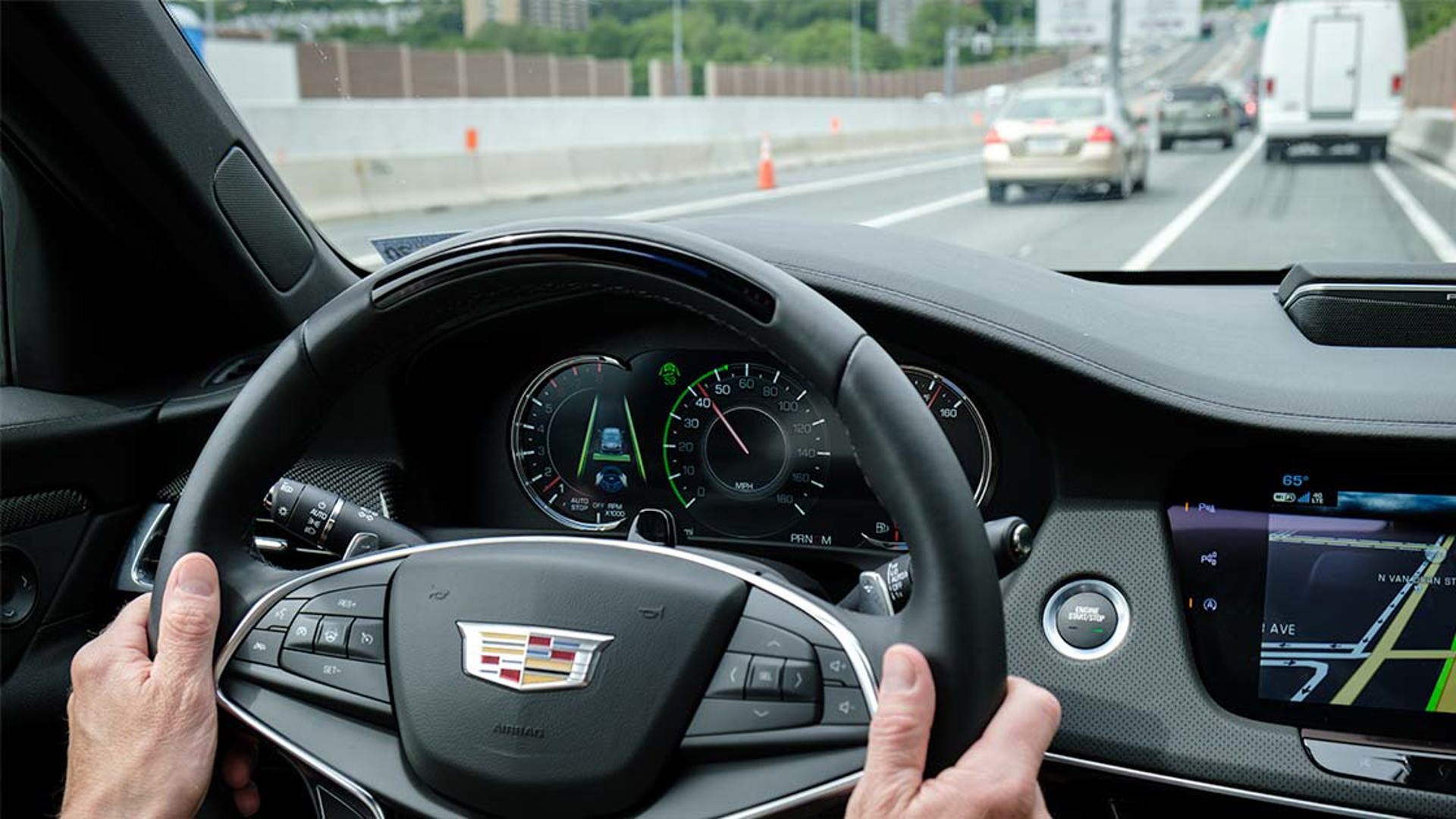In order to clear up driver confusion about autonomous driving systems, the Insurance Institute for Highway Safety (IIHS) conducted two studies to “highlight misconceptions or gaps in drivers’ understanding.”
One of the studies focused on the names of these systems, and how they can be misleading to customers. Systems from Nissan, Cadillac, Audi, Acura, Tesla and BMW were shown to a group of over 2,000 drivers, none of whom knew which brand was associated with which system name (eg. Nissan’s ProPilot Assist, or Cadillac’s Super Cruise).
Each participant was then asked questions about two systems chosen at random, and whether or not it was safe to do certain everyday things (read a book, check a text) while using the system. Of the acts discussed (taking your hands off the steering wheel, talking on the phone, texting, watching a video on a device and taking a nap), the biggest positive response was 48 per cent thinking they could take their hands off the wheel when using Tesla’s Autopilot system.
Every system reviewed except for Super Cruise will tell you to put your hands back on the wheel; Cadillac's Super Cruise uses a camera to ensure the driver's eyes are on the road. Indeed, Tesla’s system had the highest positive responses for all the categories studied. The IIHS looked at Tesla after stories surfaced of various models getting involved in crashes while using Autopilot.
Even after those reports, however, six per cent of participants actually thought it was safe to take a nap while using Tesla’s system, compared to three percent for other systems, while eight per cent thought it was safe to watch a movie while using Tesla's system, roughly double the percentage of those who believed so for the other systems.
The second study involved examining how drivers read their various instrument clusters, using the 2017 Mercedes-Benz E-Class as an example. The E-Class was chosen because according to the IIHS in a statement, “The E-Class display is typical of displays from other automakers.”
For this study, 80 volunteer participants were asked whether their lane centering and adaptive cruise control features were active. Most of the participants could tell when the adaptive cruise was reacting to another vehicle’s speed, but the story was different when it came to lane centering. There, most failed to understand when the system was active or inactive as they failed to notice that the digital road markings in their displays had disappeared, which occurs when the system can no longer “see” the lines on the road.
The IIHS felt this indicated that manufacturers weren’t providing enough warning to drivers when the system was no longer activated, which could lead to them not steering themselves even though they had to. This was occurring even after they’d received training on how the system works.
While the first study didn’t see an affirmative response above 50 per cent for any of the questions answered, both it and the results from the second study are indicators that drivers are perhaps too reliant on autonomous driving aids, and that manufacturers may need to do a better job when it comes to educating drivers on how these are to be used.

